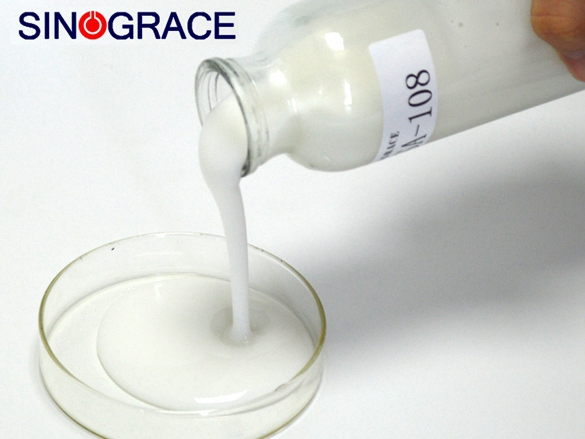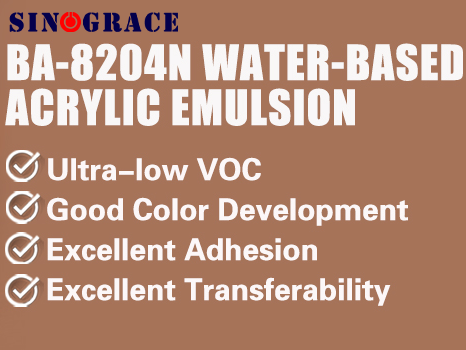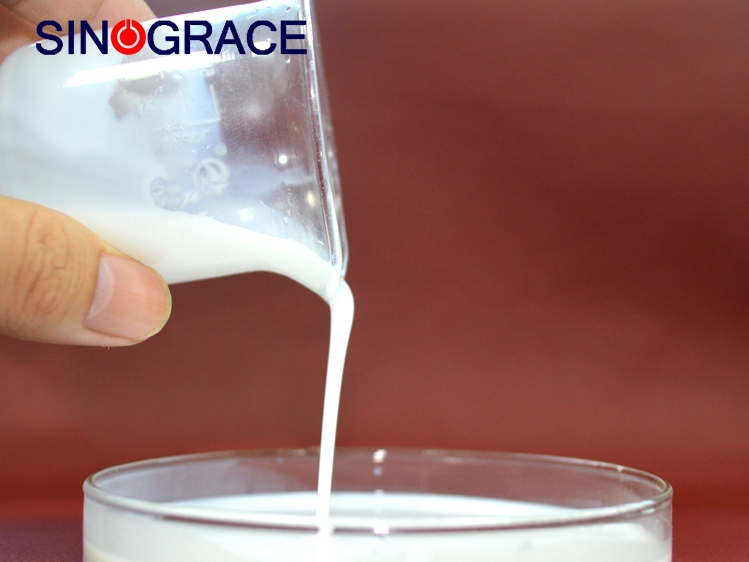What are the ten reasons why the ink is not clean
Ink scraping is not clean troubled many manufacturers, there are ten reasons for scraping is not clean, save it for use! 1.Ink viscosity is too high When the viscosity of the ink increases, the surface tension also increases correspondingly, and the force between them also increases, so that the scraper will increase the impact force of the ink on the scraper in the contact process with the ink, destroy the balance point, resulting in the scraper can not completely scrape the remaining part of the ink on the plate roller, which directly affects the quality of the product. 2.The pressure of the scraper is too small Under normal circumstances, when the machine is just started, the pressure of the scraper is often set very small, with the increase of the machine speed, the impact of the printing ink on the plate roller on the scraper will increase with the increase of the machine speed, destroying the original balance point, directly resulting in unclean scraping. 3.Ink into the water or use time is too long After the ink is used for a long time, on the one hand, the pigment in the ink will be precipitated continuously during the long cycle process, so that the composition of the ink will change, on the other hand, the water vapor in the air will be solidified due to the volatilization of the solvent and enter the ink, and the composition of the ink will also change. Thus, the overall performance of the ink is changed, the scraping performance of the ink is greatly reduced, and the scraping difficulty of the scraper is directly increased, resulting in unclean scraping. 4.The solvent dries too fast or slowly Mixing solvent too fast dry, in addition to the ink viscosity in a short time to improve, but also make the ink adhere to the spare part of the plate roller, due to the solvent volatilization too fast, adhere to the plate roller ink will be gelatinized, in the plate roller through the scraper, due to the high adhesive force of the gelatinized ink, the scraper can not be in the plate roller running for a week to scrape it off, thus directly to the printing substrate. Resulting in unclean scraping. The solvent itself is volatilized very slowly, causing the remaining part of the ink over the plate roller to not dry on the surface of the plate roller in time, and its state is similar to that of the dot part of the ink, so that when the printing substrate passes through the plate roller, the remaining part of the ink over the plate roller can be easily transferred to the printing substrate, resulting in the generation of dirty scraping. 5.The use of roller is too long Due to long-term use, the surface of the plate roller will be worn due to the force of the scraper, and the surface will become more and more smooth, resulting in the affinity between the ink and the plate roller becoming stronger and stronger, directly increasing the difficulty of scraping the scraper, resulting in unclean scraping. 6.The scraper assembly is too soft, the Angle is too p...
read more

 English
English français
français русский
русский español
español العربية
العربية







